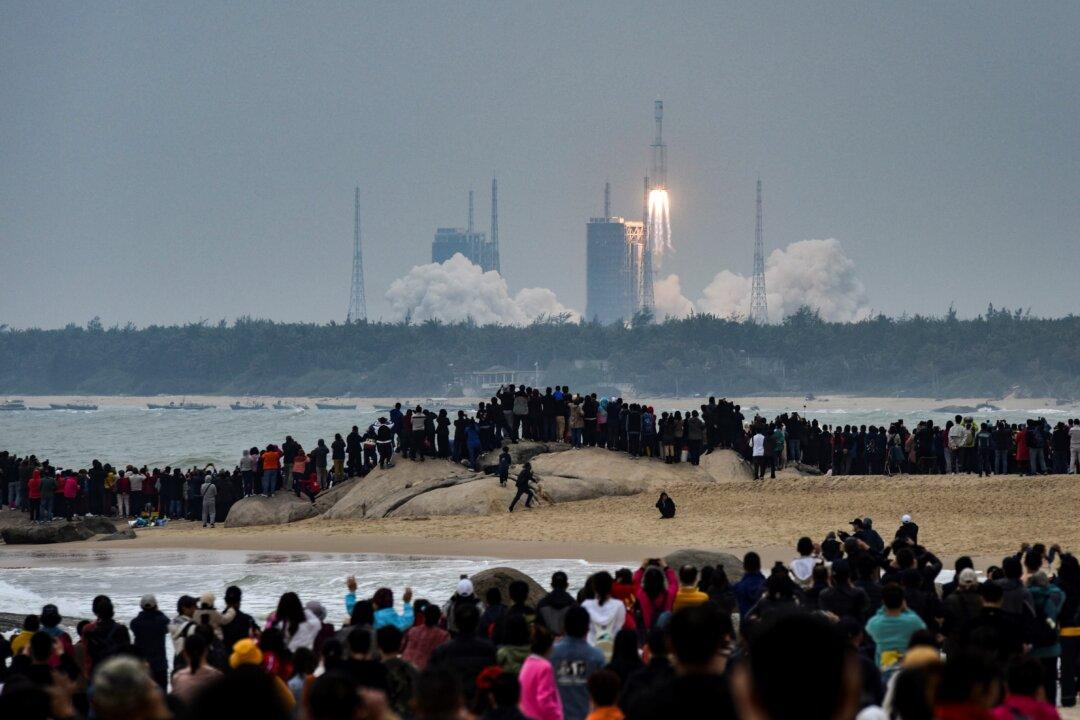The CCP (Chinese Communist Party) passed a law to change its far southern province, Hainan, into a gigantic free trade port (FTP). But an economist pointed out that the actual intent behind creating the FTP (areas with little to no tax to encourage economic activity) may be to protect military bases.
“The intention should include protecting its military bases. There is a naval base that harbored nuclear submarines in Sanya [in southern Hainan],” Henry Wu Chia-lung, macroeconomist and Taiwan AIA Capital lead economics researcher, told The Epoch Times on June 28. “Once Hainan becomes an FTP, other countries will be reluctant to launch missiles to target the bases on the island.”





